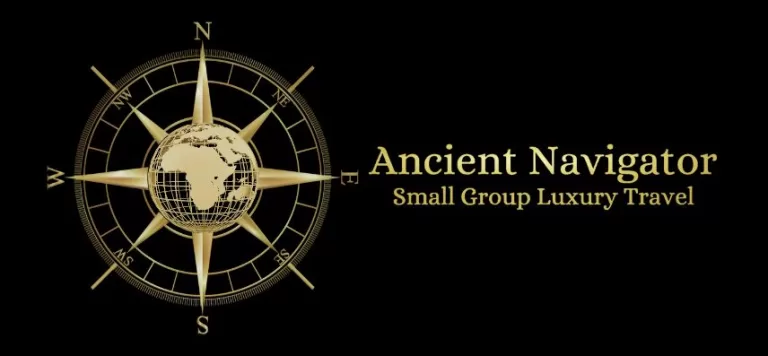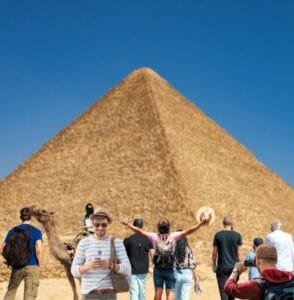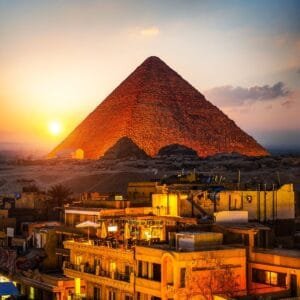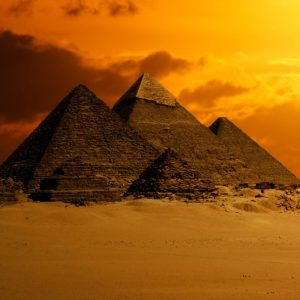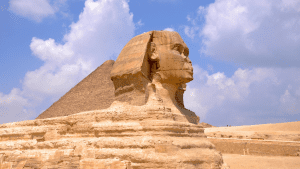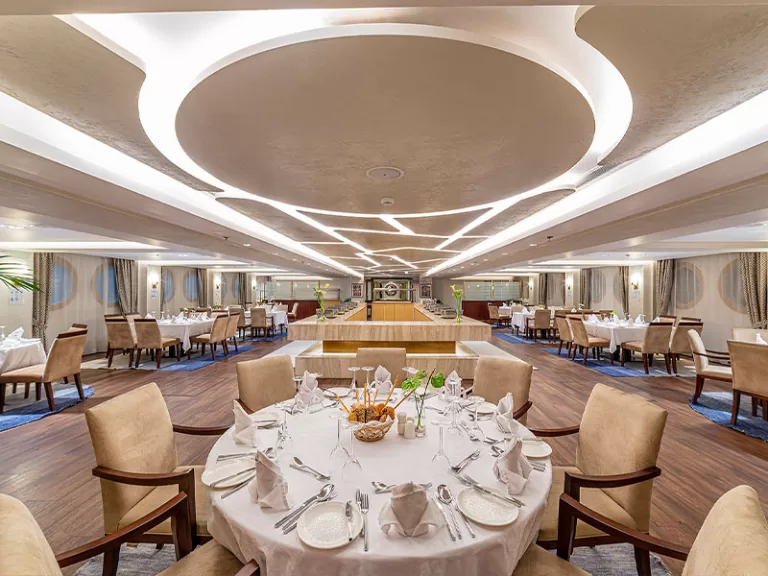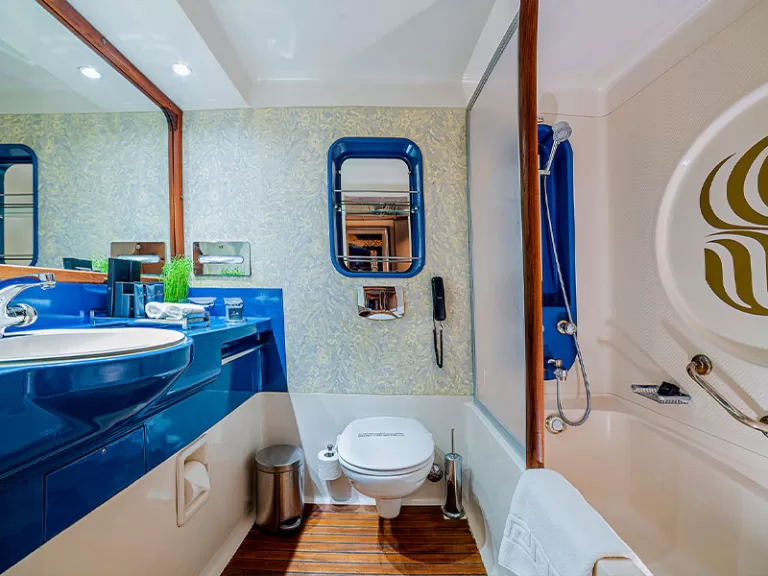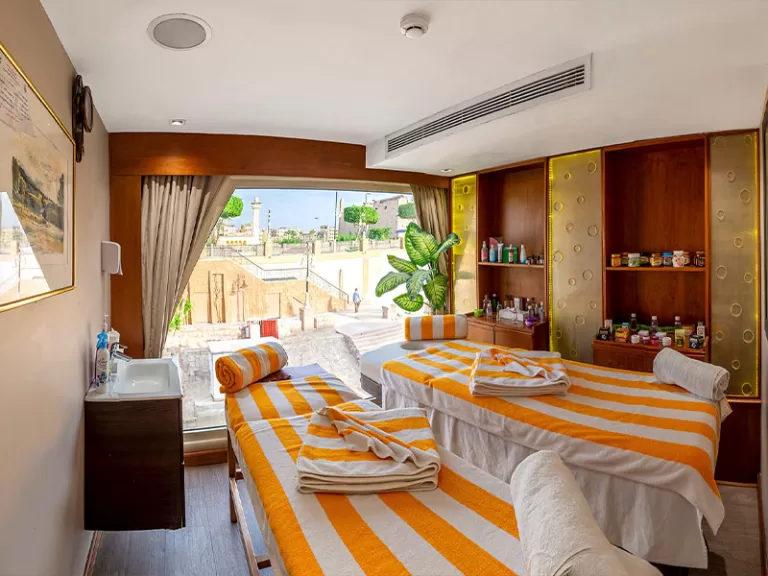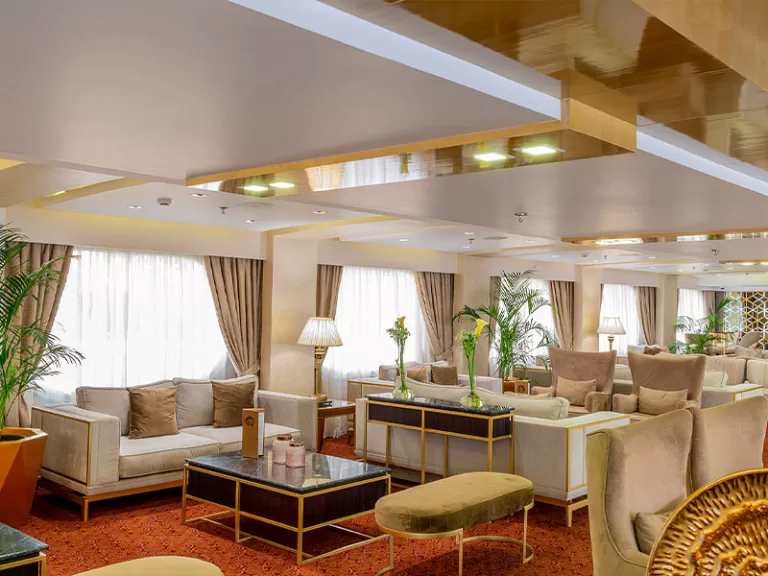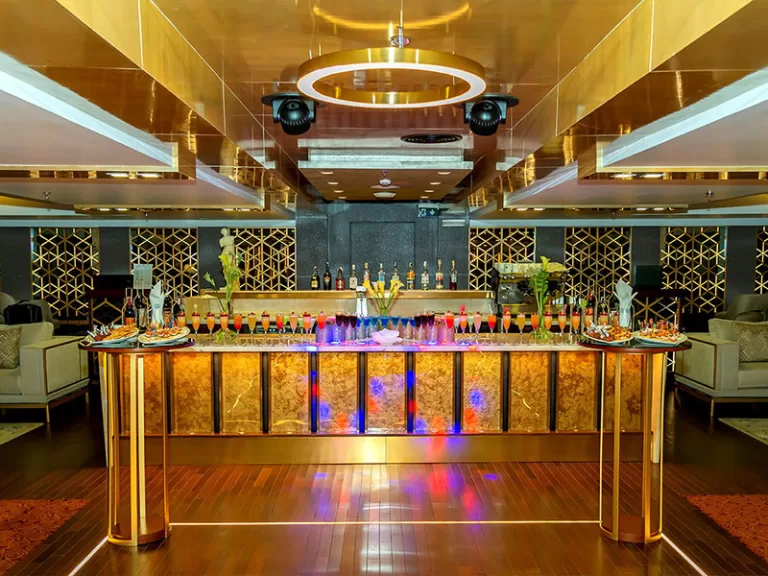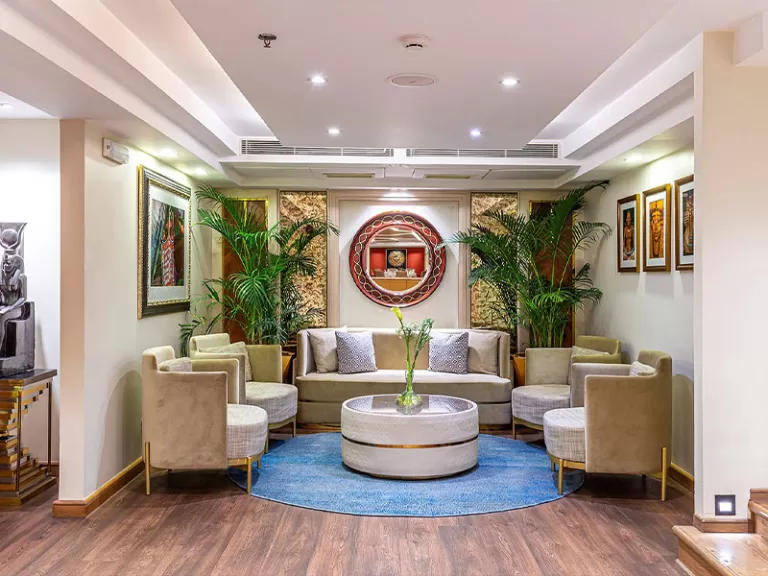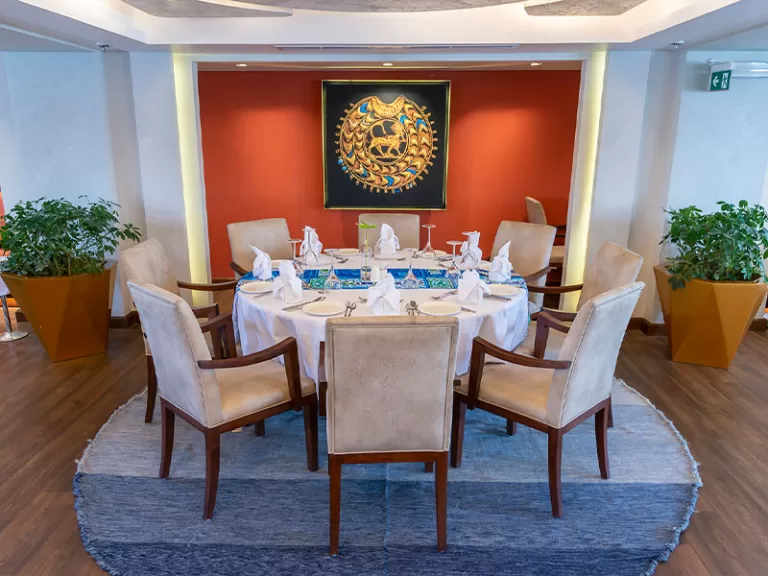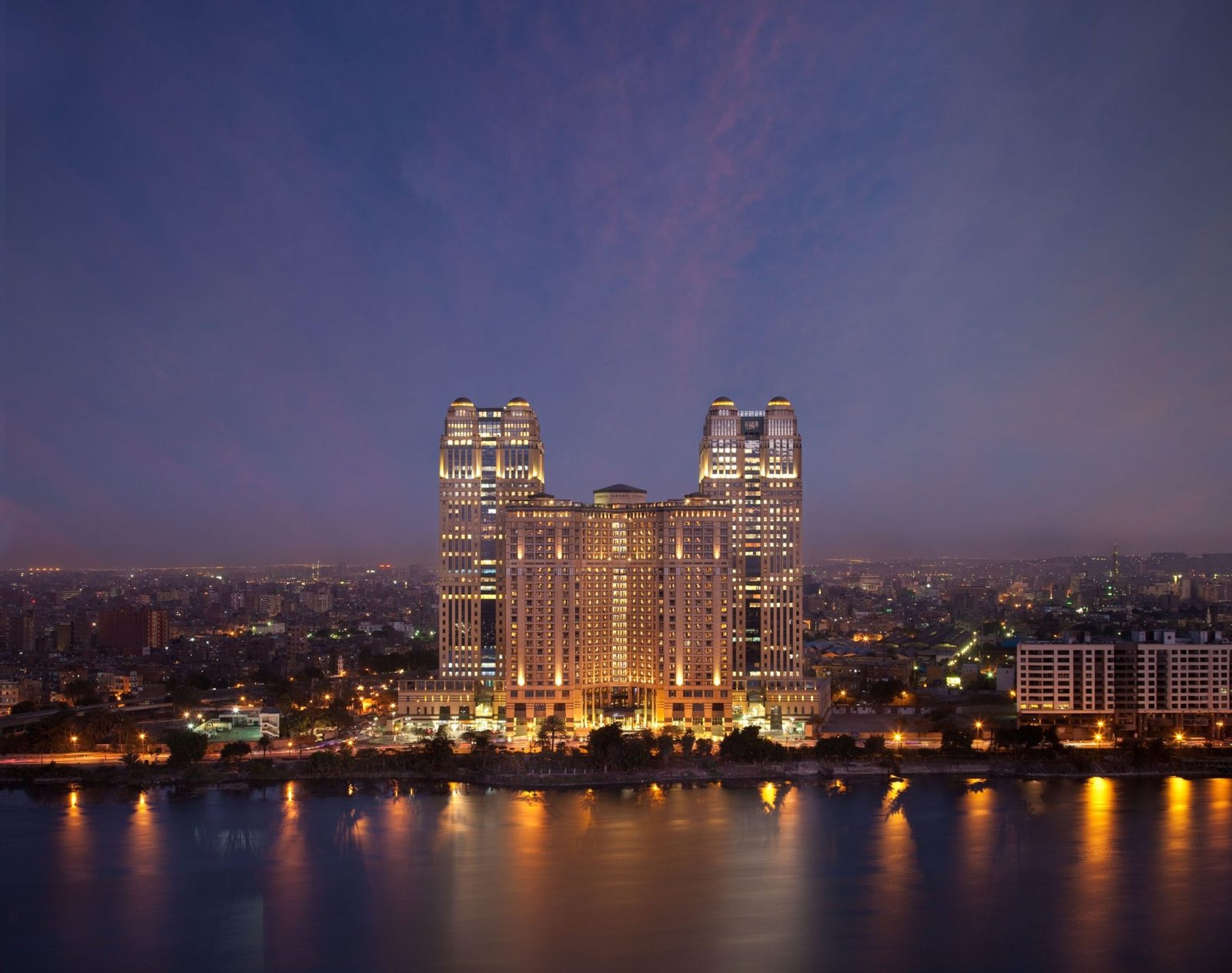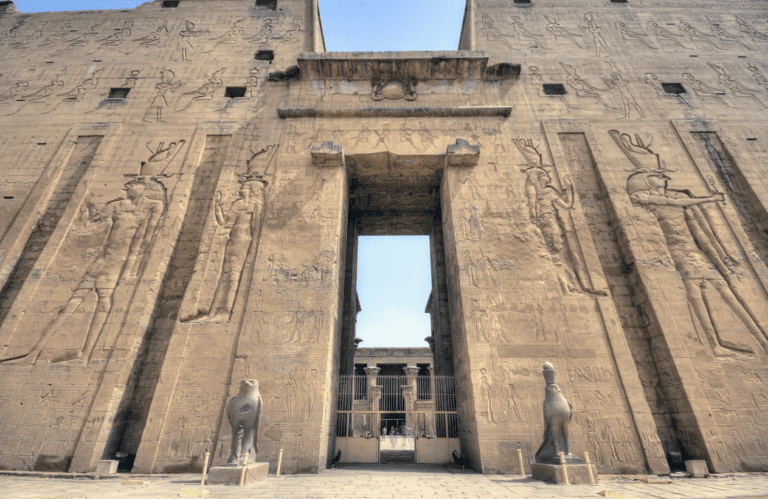
Home » Weekly Blog » Edfu, Egypt – Unveiling the Mysteries of the Temple and City
Edfu, Egypt – Unveiling the Mysteries of the Temple and City
Table of Contents
Nestled along the west bank of the Nile, Edfu stands as a beacon of ancient Egyptian grandeur, a place where history whispers through stone and legend breathes life into the present. This enchanting city, often overshadowed by its more famous counterparts like Luxor and Aswan, harbors one of Egypt’s most spectacular and well-preserved temples: the Temple of Horus.
Journeying to Edfu is like stepping into a time machine, where the modern world fades away and the splendor of antiquity unfolds in vivid detail. Here, every stone tells a story, every carving a chapter from a time when gods walked among men and the Nile was the lifeblood of a flourishing civilization.
In this blog post, we will embark on an exploration of Edfu, delving into the rich tapestry of its history and uncovering the marvels of the Temple of Horus. We’ll wander through the city’s ancient streets, experience its vibrant present, and uncover the secrets that have made Edfu a jewel in Egypt’s historical crown. Whether you’re a seasoned traveler, a history enthusiast, or simply curious about the wonders of the past, Edfu promises a journey like no other.
Join us as we unveil the mysteries of Edfu, where the echoes of the past resonate in the present, inviting you to witness the legacy of one of Egypt’s most intriguing and enduring cities.
Historical Overview of Edfu
To truly appreciate the allure of Edfu, one must first delve into its storied past. This ancient city, known in antiquity as Behdet, has roots that reach deep into Egypt’s early dynastic periods, making it a site of immense archaeological and historical importance.
Edfu’s origins date back to the pre-dynastic era, where it began as a humble settlement along the Nile. Over centuries, it blossomed into a prominent religious and commercial hub. Its strategic location on the Nile made it a vital point of connection between Upper and Lower Egypt, facilitating trade and cultural exchanges that enriched its development.
During the Ptolemaic period, Edfu reached the zenith of its glory. The Greeks, who ruled Egypt after the conquest of Alexander the Great, recognized the city’s significance and embarked on grand construction projects to honor its heritage. It was during this era, specifically between 237 and 57 BCE, that the magnificent Temple of Horus was constructed, transforming Edfu into a center of religious fervor and architectural splendor.
The significance of Edfu in ancient Egyptian culture and religion cannot be overstated. The city was considered sacred, believed to be the site where the falcon-headed god Horus battled his uncle Set in a mythic struggle for the throne of Egypt. This divine conflict, symbolizing the eternal battle between good and evil, was immortalized in the temple’s intricate carvings and inscriptions, embedding Edfu deeply in the spiritual consciousness of ancient Egyptians.
Throughout the centuries, Edfu witnessed the ebb and flow of dynasties, from the Old Kingdom through the Greco-Roman period. Each era left its mark, contributing to the rich tapestry of history that defines the city today. Despite the passage of time, Edfu’s spirit endures, preserved in its majestic ruins and the stories etched into its walls.
As we continue our journey, we’ll step into the heart of Edfu’s grandeur—the Temple of Horus. This architectural masterpiece not only showcases the skill and devotion of its creators but also serves as a gateway to understanding the religious and cultural life of ancient Egypt. Prepare to be captivated by the next chapter of our exploration, where stone and myth converge in one of the most awe-inspiring temples ever built.
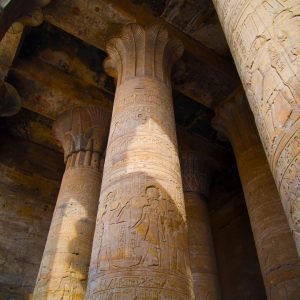
The Temple of Horus
Overview
The Temple of Horus, a monumental tribute to the falcon god, stands as Edfu’s crowning glory. As you approach this ancient edifice, you are immediately struck by its imposing grandeur. Completed over the span of 180 years, from 237 to 57 BCE, the temple is a testament to the architectural prowess and spiritual devotion of the Ptolemaic era. It is not only the best-preserved temple in Egypt but also one of the largest, covering an area of over 60,000 square feet.
Dedicated to Horus, the god of the sky, kingship, and protection, the temple serves as a focal point of mythological and historical significance. Horus, depicted as a falcon or a falcon-headed man, was central to the ancient Egyptian pantheon, embodying the divine right of the pharaohs and their role as the earthly incarnation of the gods.
Architectural Highlights
The architectural splendor of the Temple of Horus is evident from the moment you set eyes on its grand entrance. The massive pylon, standing 118 feet tall, dominates the skyline, adorned with intricate carvings that depict the pharaoh’s offerings to the gods and scenes of Horus’s triumph over Set. Passing through the towering gateway, you enter a world where every element is designed to inspire awe and reverence.
The hypostyle hall, with its forest of towering columns, is a marvel of engineering and artistic craftsmanship. Each column is adorned with detailed reliefs and inscriptions, telling stories of divine rituals and the pharaoh’s divine role. As you move deeper into the temple, the light dims, creating a mystical atmosphere that guides you towards the inner sanctum.
At the heart of the temple lies the sanctuary, the holiest of holies, where the statue of Horus once resided. This sacred space, though small and intimate compared to the grandeur of the outer halls, holds immense spiritual significance. It was here that the high priests would perform rituals to invoke the presence of Horus, maintaining the divine connection that was believed to protect and sustain Egypt.
Religious Significance
The Temple of Horus was not merely a place of worship; it was the epicenter of Edfu’s religious life. The temple played a crucial role in the annual Festival of the Beautiful Meeting, a sacred celebration where the statue of Hathor from Dendera was transported to Edfu to reunite with Horus. This festival symbolized the divine marriage of Horus and Hathor, a union that was believed to ensure the fertility and prosperity of the land.
The myths and legends surrounding Horus and the temple are deeply woven into the fabric of ancient Egyptian belief. The temple walls are adorned with vivid depictions of the epic battle between Horus and Set, a narrative that symbolized the eternal struggle between order and chaos. These stories, carved in stone, served both as a religious guide and a historical record, preserving the legacy of the gods and their influence on the earthly realm.
Notable Inscriptions and Reliefs
Among the most captivating aspects of the Temple of Horus are its inscriptions and reliefs, which provide a detailed glimpse into the spiritual and everyday life of ancient Egypt. The temple walls are a canvas of hieroglyphs, depicting scenes of offerings, rituals, and divine interactions.
One of the most notable reliefs is the depiction of the coronation of Ptolemy XII by Horus and Hathor, symbolizing the divine approval of the pharaoh’s rule. Another significant inscription is the Edfu Building Texts, which detail the construction and purpose of the temple, offering invaluable insights into the architectural and religious practices of the time.
As you explore these carvings, you are not just witnessing art; you are engaging with a historical narrative that has endured for millennia. The Temple of Horus stands as a timeless testament to the grandeur and spirituality of ancient Egypt, inviting you to delve deeper into the mysteries of Edfu.
In our next section, we will step beyond the temple walls and explore the city of Edfu itself, discovering how its ancient past blends seamlessly with its vibrant present. Join us as we continue this journey through a city where history is ever-present and the spirit of the gods lingers in every corner.
The City of Edfu
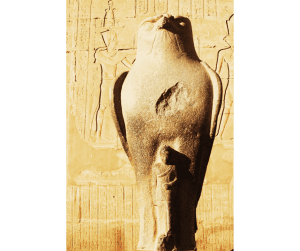
Modern Edfu
While the Temple of Horus stands as the crown jewel of Edfu, the city itself offers a unique blend of ancient history and contemporary Egyptian culture. Modern Edfu is a bustling town that thrives along the banks of the Nile, a vital artery that continues to sustain life just as it did thousands of years ago. With a population that has grown steadily, Edfu today is a vibrant community where traditional lifestyles harmoniously coexist with modern conveniences.
Walking through the streets of Edfu, you’ll encounter a tapestry of daily life that reflects both continuity and change. Markets buzz with activity, vendors calling out their wares in a cacophony of sounds, while the scent of spices and fresh produce fills the air. Traditional mud-brick houses stand side by side with modern buildings, creating a landscape that tells the story of Edfu’s evolution over millennia.
Historical Sites and Attractions
Beyond the majestic Temple of Horus, Edfu is home to a wealth of historical sites and attractions that provide a deeper understanding of its rich heritage. One such site is the remnants of the ancient city walls, which once fortified Edfu against invaders. These walls, though eroded by time, still stand as a testament to the city’s resilience and strategic importance.
Another notable landmark is the Nilometer, an ancient structure used to measure the Nile’s water levels and predict the annual floods. This ingenious device played a crucial role in agricultural planning and the survival of Edfu’s inhabitants, illustrating the profound connection between the city and the river.
Edfu’s location on the Nile has always been a significant factor in its development. The river not only provided sustenance and a means of transport but also served as a cultural and economic lifeline. A leisurely felucca ride on the Nile offers a serene perspective on the city, where you can witness the timeless beauty of the river and the lush landscapes that surround Edfu.
Local Culture and Economy
The culture of Edfu is a vibrant mosaic of traditions passed down through generations. The city’s economy is largely driven by agriculture, with the fertile lands along the Nile producing crops such as sugarcane, corn, and various fruits. This agricultural abundance is complemented by traditional crafts and industries, including pottery, weaving, and metalwork, which have been practiced in Edfu for centuries.
One of the most intriguing aspects of Edfu’s culture is its festivals and celebrations, many of which have roots in ancient practices. The Festival of the Beautiful Meeting, although modernized, is still celebrated in various forms, reflecting the enduring legacy of the temple rituals. These festivals offer a glimpse into the spiritual and communal life of Edfu’s residents, showcasing a deep sense of identity and continuity.
Daily life in Edfu is a blend of old and new. While modern amenities and technologies have made their way into the city, many residents continue to live in harmony with traditional customs and values. This coexistence is evident in the warm hospitality of the people, the rich flavors of the local cuisine, and the rhythmic patterns of work and worship that define the community.
As we prepare to dive into the practical aspects of visiting Edfu, we hope you’re inspired by the city’s unique blend of history and contemporary life. Whether you’re drawn to its ancient wonders or its vibrant present, Edfu promises an experience that is both enriching and unforgettable. Stay with us as we explore how to make the most of your visit to this remarkable city, where the past and present come together in a harmonious dance.
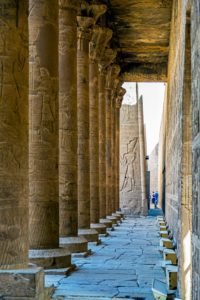
Visiting Edfu
How to Get There
Edfu, located on the west bank of the Nile River in Upper Egypt, is accessible via several transportation options from major Egyptian cities. The most common and convenient way to reach Edfu is by road from Luxor, approximately 110 kilometers to the north. The journey takes around 1.5 to 2 hours by car or bus, offering scenic views of the Nile Valley along the way.
For those traveling from Aswan, Edfu is approximately 115 kilometers to the south, also accessible by road. The journey from Aswan typically takes around 1.5 to 2 hours, passing through picturesque landscapes and traditional Egyptian villages.
Best Times to Visit
The best time to visit Edfu is during the cooler months of October to April, when temperatures are milder and more comfortable for exploring ancient sites and wandering through the city. During this period, the weather is typically dry and sunny, making it ideal for outdoor activities and sightseeing.
Visiting during the shoulder seasons of late spring (May to June) or early autumn (September) can also be pleasant, although temperatures may be warmer. It’s advisable to avoid visiting during the peak of summer (July to August), as temperatures can soar above 40°C (104°F), making outdoor activities challenging and uncomfortable.
Tourist Tips
When planning your visit to Edfu, consider allocating at least half a day to explore the Temple of Horus and immerse yourself in the city’s rich history. Here are a few practical tips to enhance your experience:
Temple Opening Hours: The Temple of Horus is typically open daily from early morning until late afternoon. It’s recommended to visit early in the morning or later in the afternoon to avoid crowds and experience the temple in a quieter atmosphere.
Guided Tours: Consider hiring a local guide at the entrance of the temple to gain deeper insights into its history, architecture, and significance. Local guides often offer informative tours that bring the ancient ruins to life with fascinating stories and legends.
Comfortable Footwear: Wear comfortable shoes suitable for walking on uneven surfaces and climbing stairs, as the temple grounds can be rugged and rocky in places.
Respectful Attire: While visiting religious sites such as the Temple of Horus, dress modestly out of respect for local customs and traditions. This typically means covering shoulders, knees, and avoiding revealing clothing.
Conclusion
As you prepare for your journey to Edfu, you are embarking on an adventure through time and culture. The city’s ancient wonders, vibrant present, and warm hospitality await your discovery. Whether you’re captivated by the architectural marvels of the Temple of Horus or intrigued by the daily rhythms of modern Edfu, you’ll find a destination that offers both enlightenment and enjoyment.
In our final section, we’ll wrap up our exploration with practical recommendations for dining, accommodations, and additional attractions to explore in and around Edfu. Join us as we conclude our journey through this timeless city on the banks of the Nile, where history unfolds in every corner and the spirit of ancient Egypt lives on.

